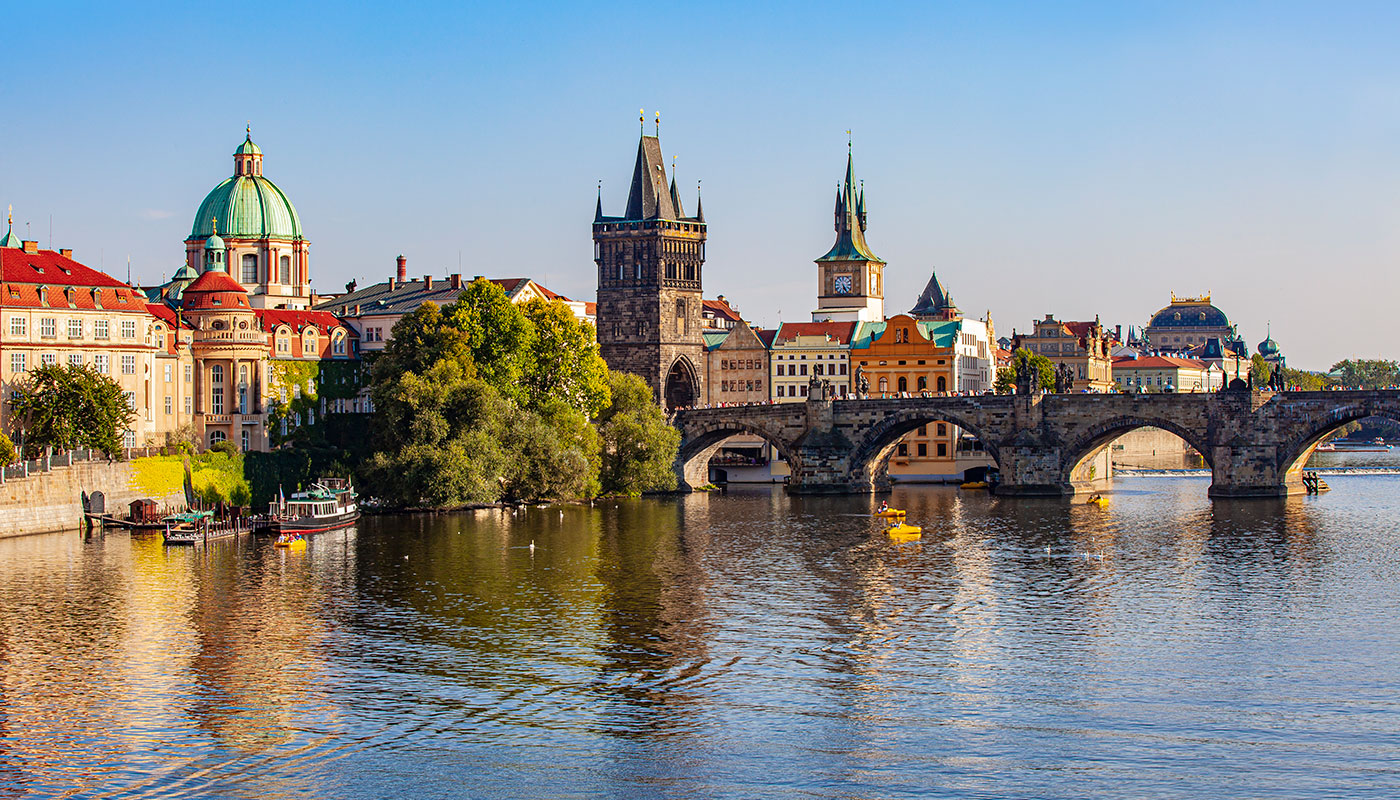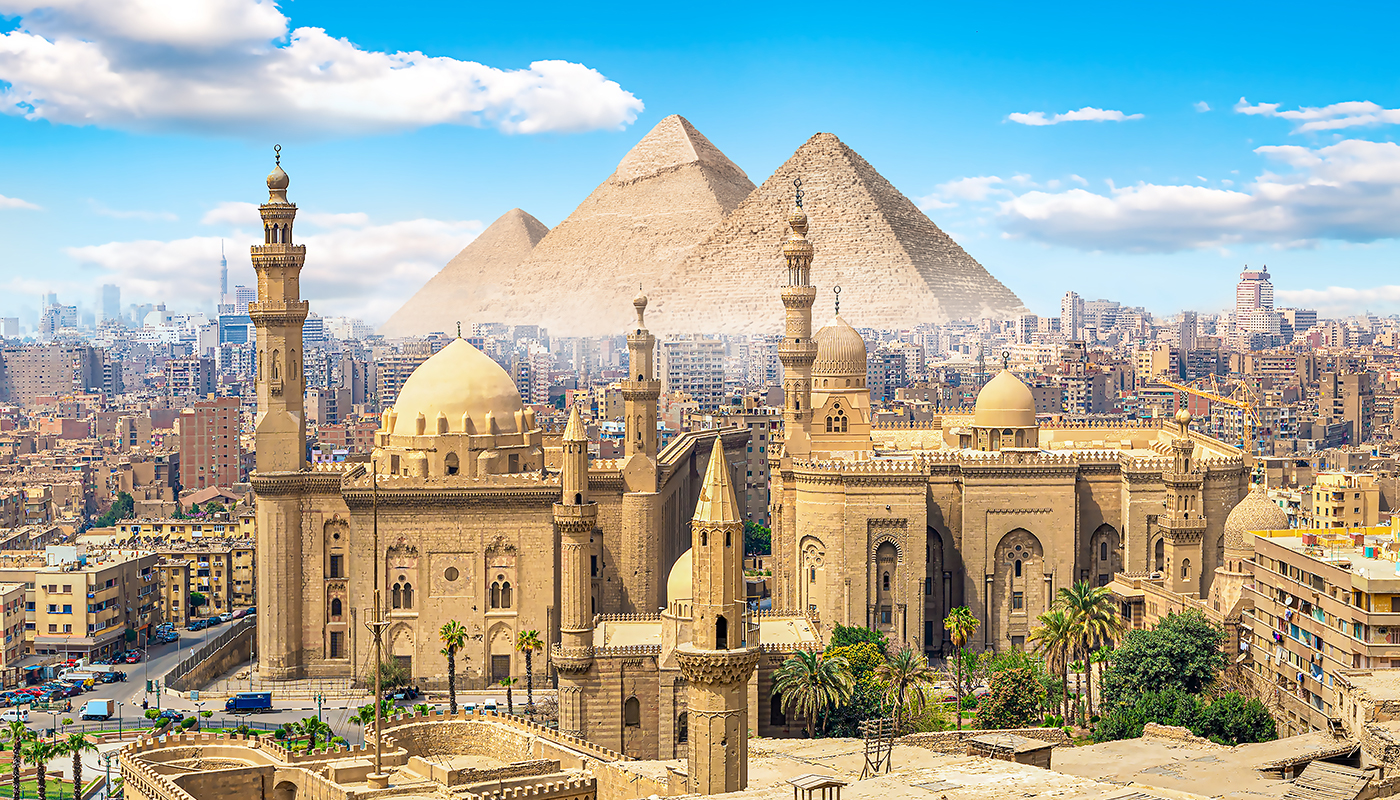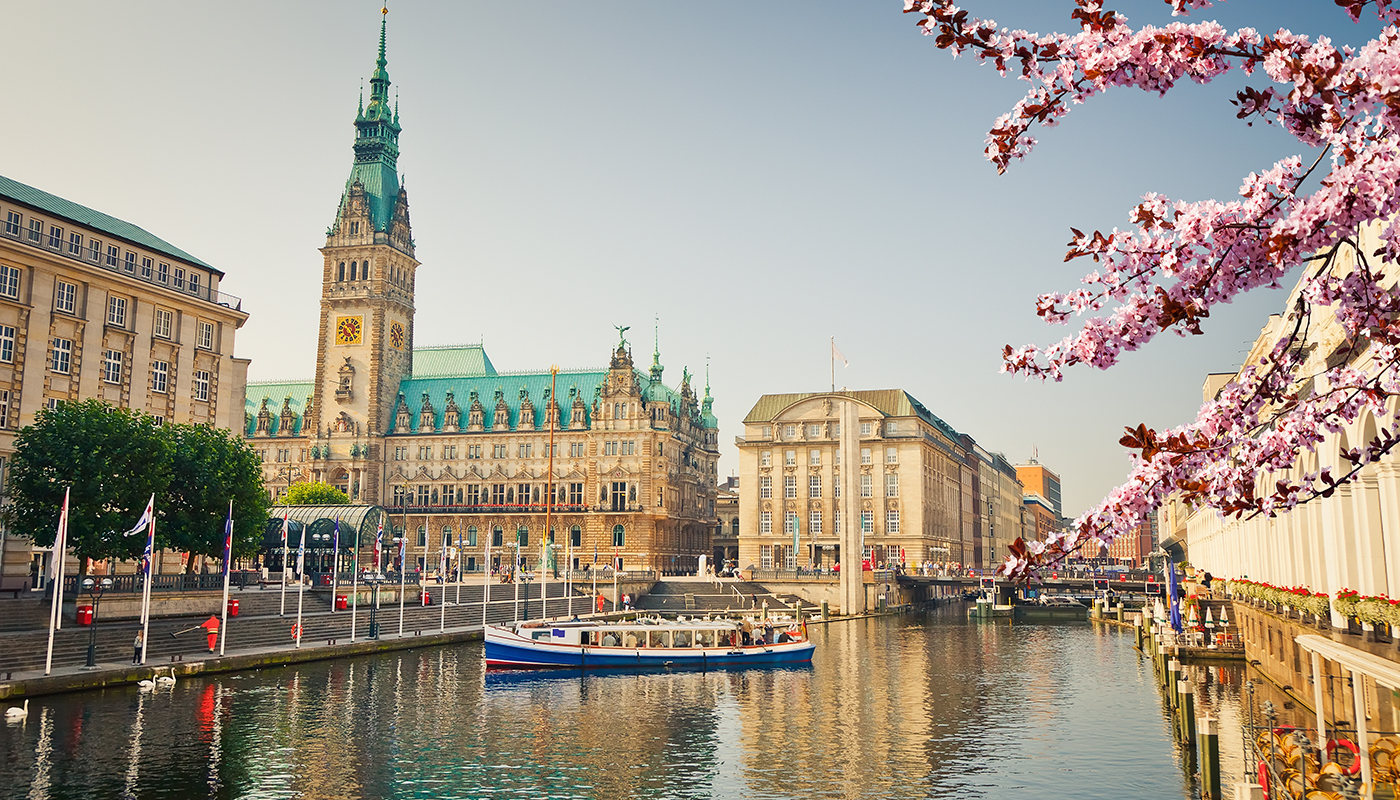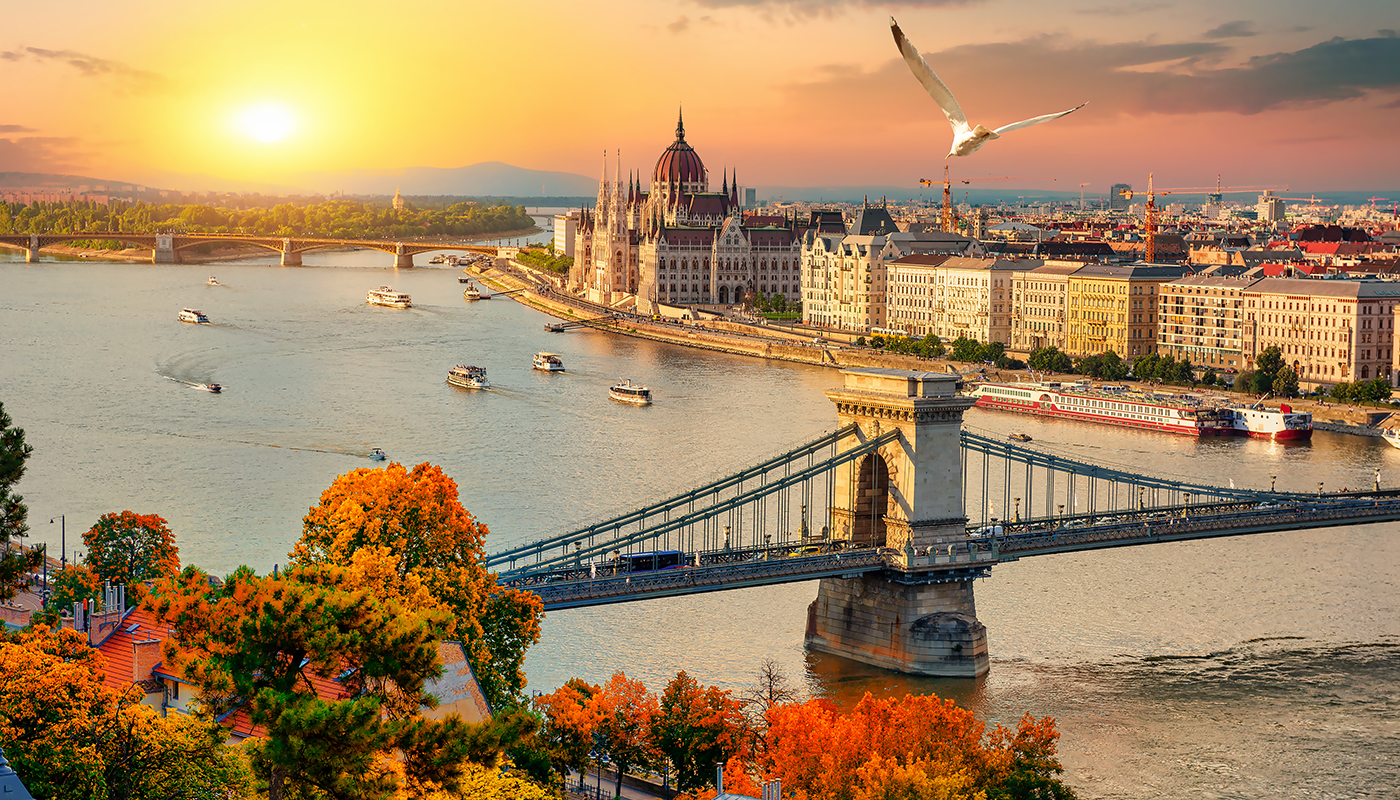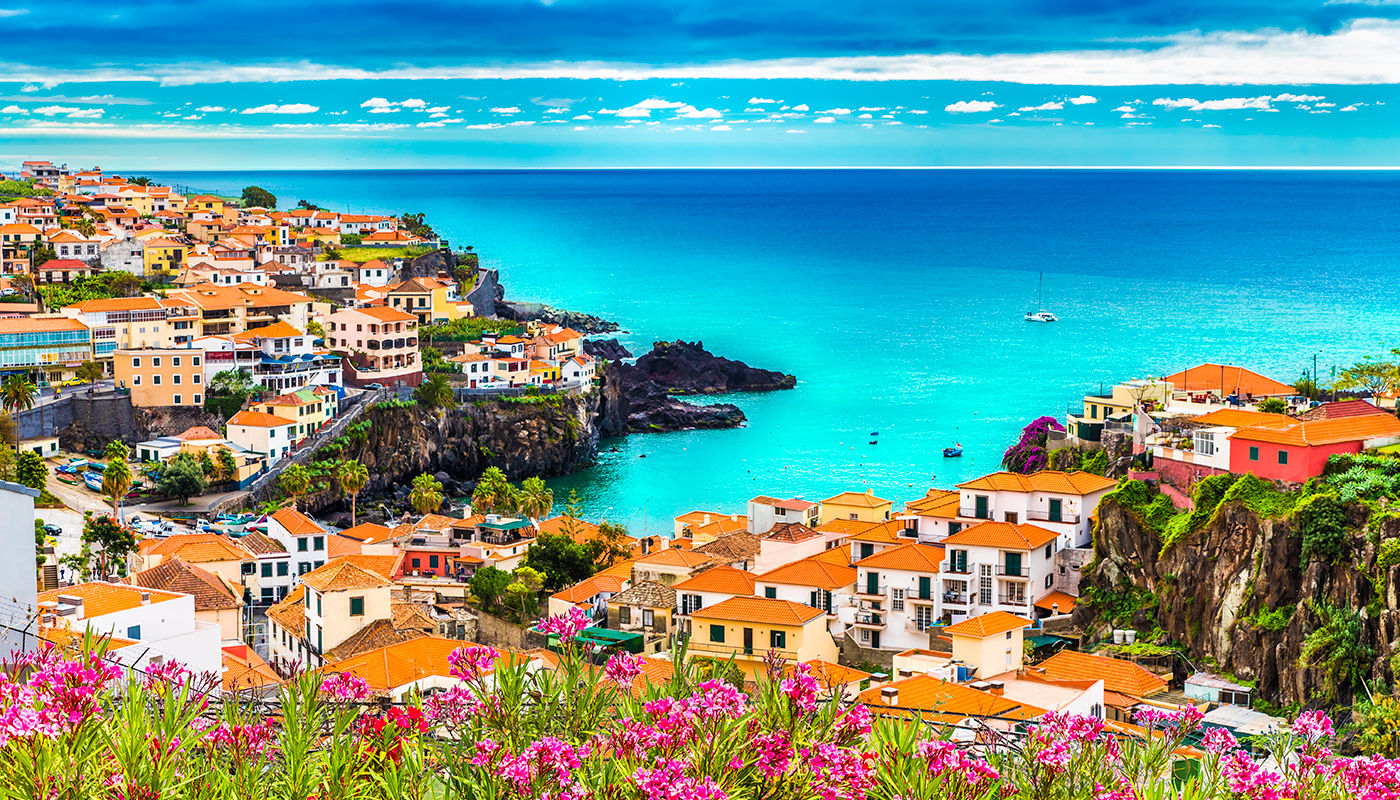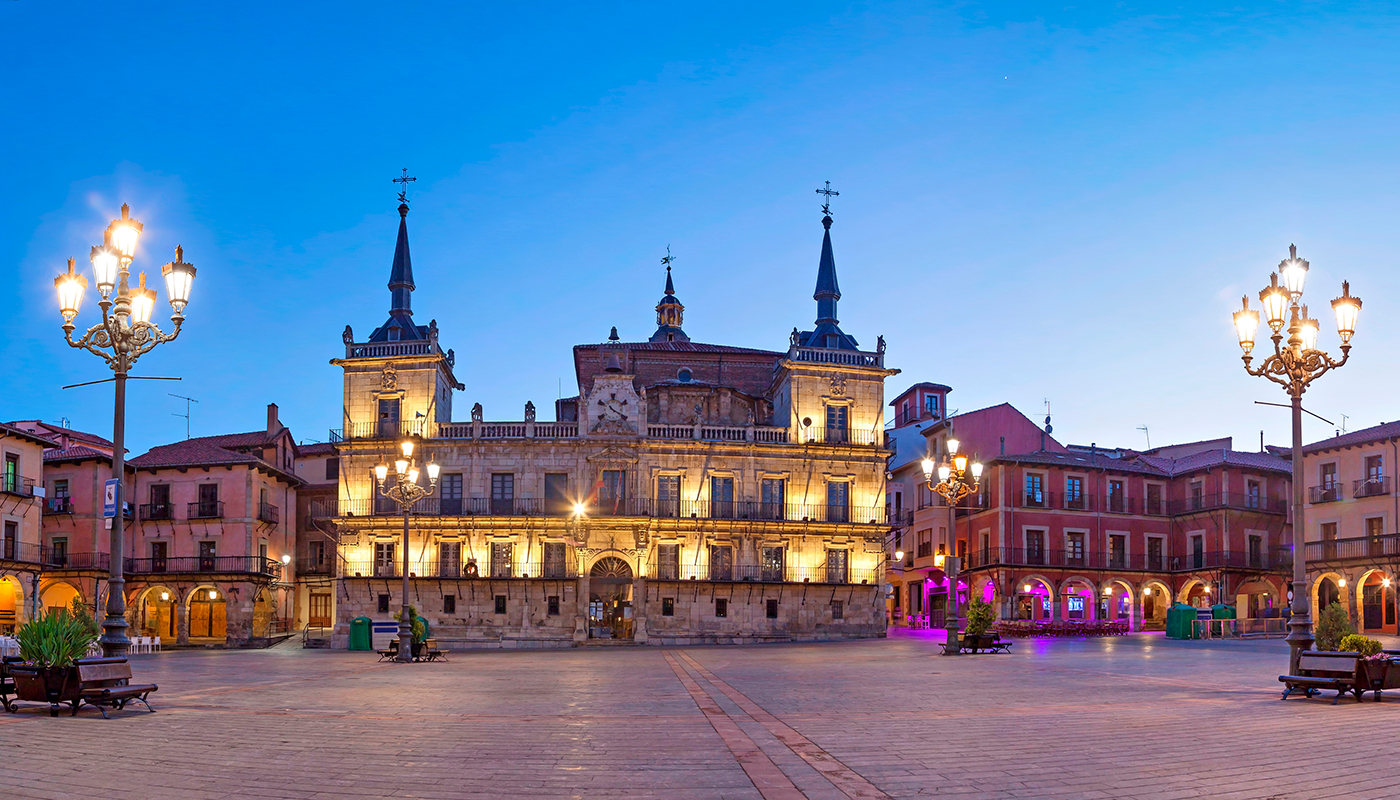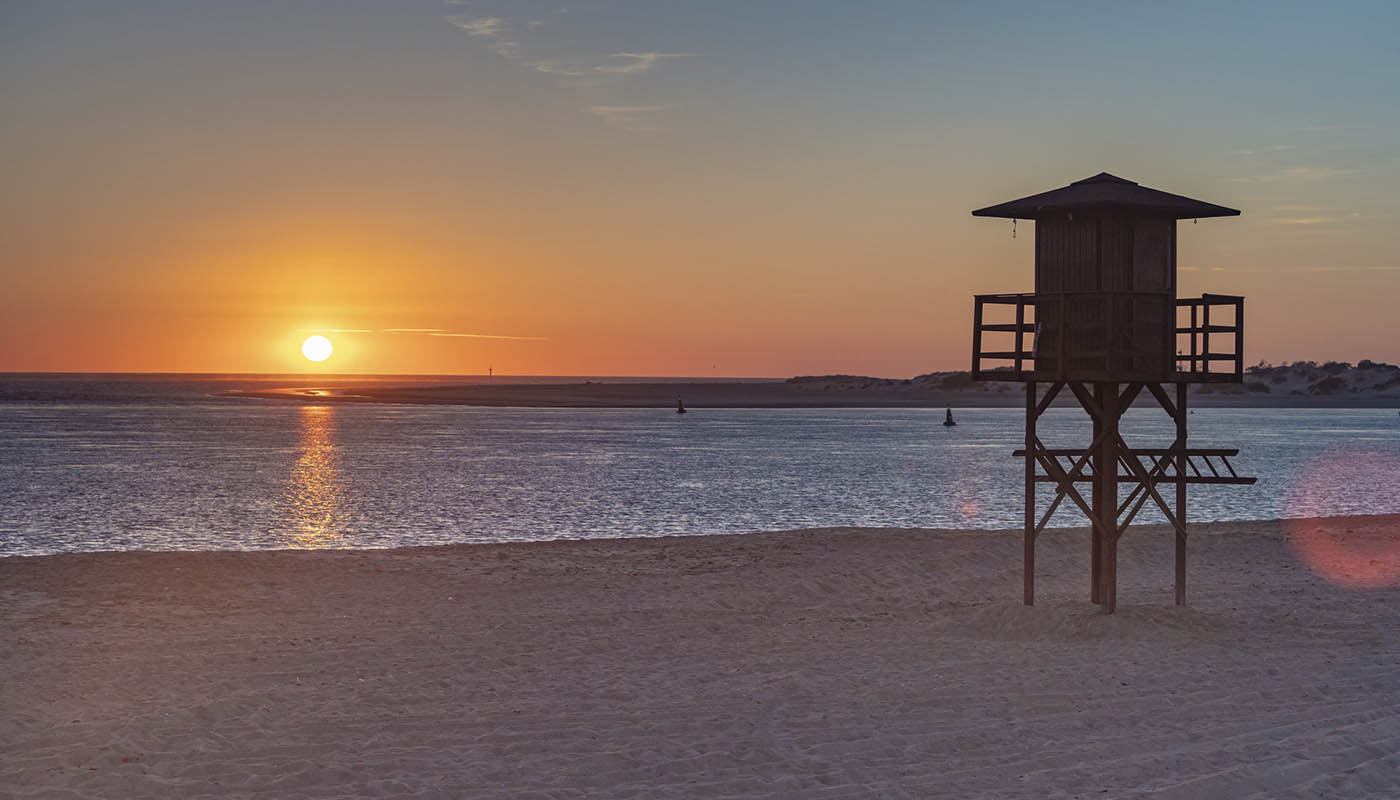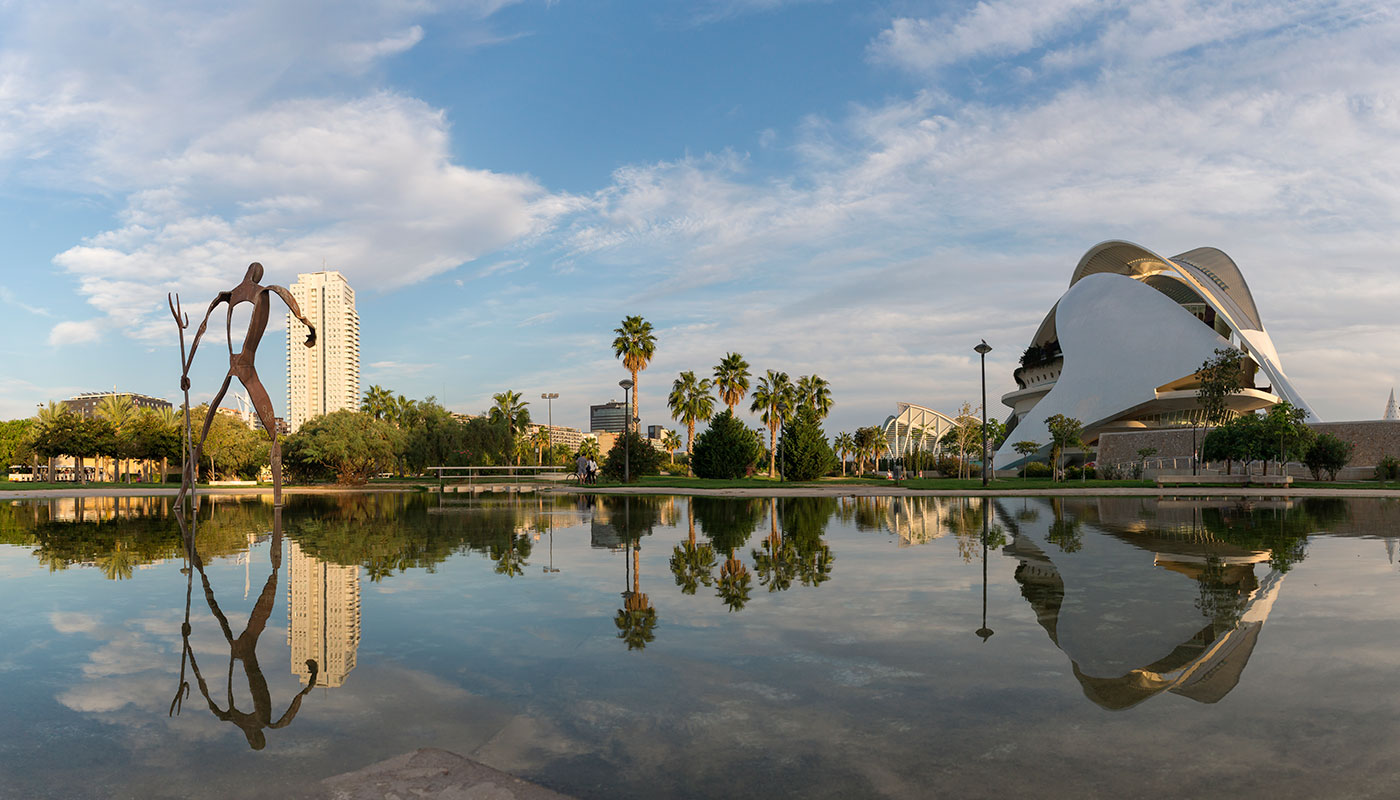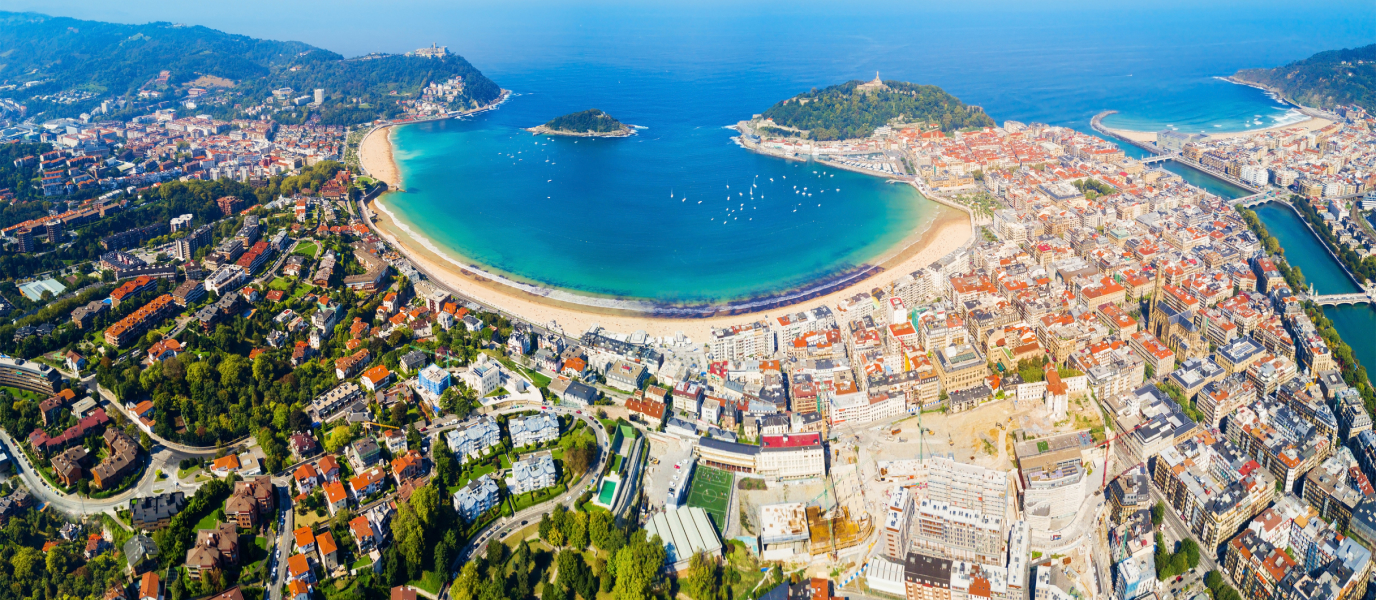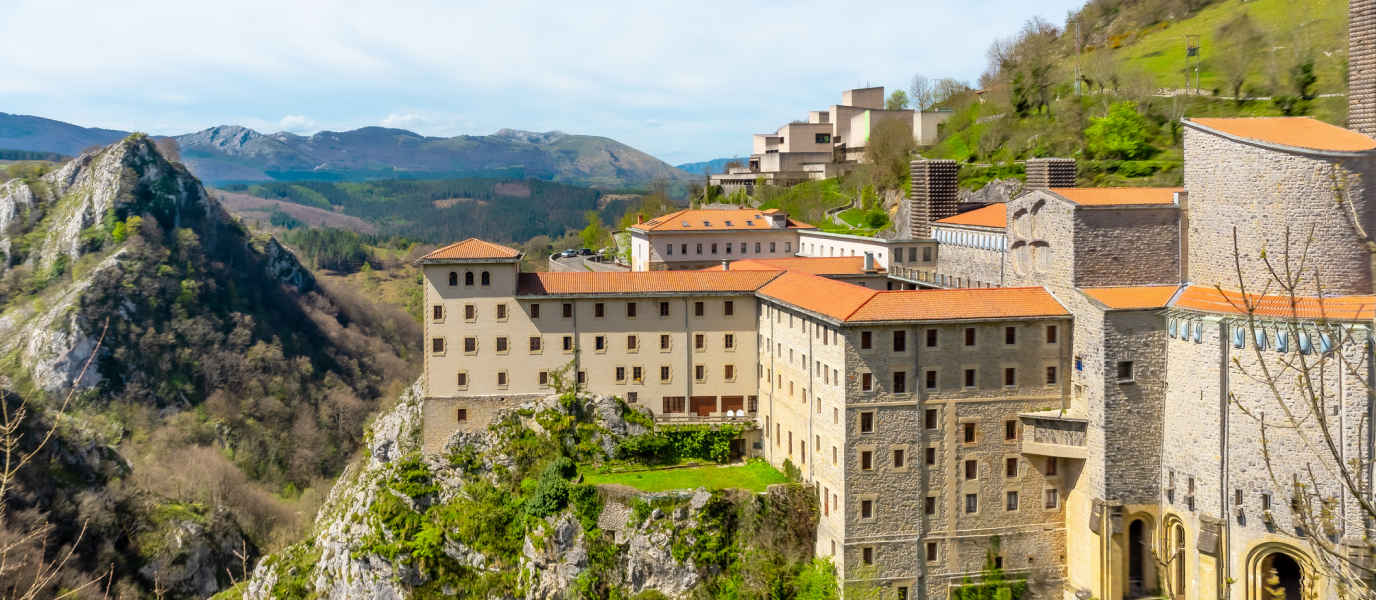Sanctuaries have their own special halo for the mysticism that surrounds them. In the Basque Country, there are two especially important places that stand out, not only for their religious importance but also for their artistic importance: The Sanctuary of Arantzazu and the Sanctuary of Loyola. The Jesuits established a place of veneration along the Urola River, in the town of Azpeitia where their founder, St. Ignatius of Loyola, was born.
At the centre of the Sanctuary of Loyola
St. Ignatius of Loyola was born Íñigo López de Loyola in 1491. The sanctuary is built around the tower house of the Loyola family. The building dates from the 14th and 15th centuries and is divided into the lower half built in stone, which recalls its past as a fortress, and the upper half built in brick, which demonstrates its evolution into a palatial house. The house remains in perfect condition.
The family home played an important role in the life of St. Ignatius. Before he decided to devote himself to God, he had been in the military and had been seriously injured during a battle with French-Navarrese troops; his right leg was struck by a cannonball and shattered. He was returned to his father’s castle and lodged on the third floor where he underwent several surgical operations and almost died. While recovering from surgery, he underwent a spiritual conversation following the reading of books on the life of Christ.
This took place between 1521 and 1522 and the room on the third floor became the Chapel of the Conversion – a place of absolute veneration where you can see the books that shaped the Saint.
After St. Ignatius was canonised in 1622, the Jesuits advocated for the preservation of his place of birth and conversion. They eventually acquired the property in 1681. The construction of the Sanctuary of Loyola and its monumental buildings began in the 17th century and lasted until the 20th century.
The birthplace and the basilica

The birthplace of St. Ignatius is the heart of the sanctuary and centre for pilgrimages. As such, the main building was built in a grandiose Baroque style to honour of the great Saint. The majestic circular-shaped basilica is the central part of the building and includes an impressive dome. It was designed by the Italian architect Carlo Fontana, disciple of Bernini. He never visited the sanctuary himself but is responsible for creating a style that was between late Baroque and Roman classicism.
Several local architects were commissioned to bring to life Fontana’s plans. Construction began in 1689 and little by little Churrigueresque (a Spanish Baroque style of elaborate sculptural architectural ornament) was introduced until completely altering the initial design by the time the building was completed in 1738. The marble used during construction was quarried from Mount Izarraitz.
Gold richly lights up the interior but the truly impressive feature is the dome. The dome measures 20 m in diameter and reaches 50 m in height. Light flows through the windows to light up the dome. There are eight large windows in the tambour that provides additional lighting to better admire the exquisite ornamentation. You’ll be able to see allegorical representations of the virtues at the base of the dome and right above the coats of arms of the houses of Habsburg and Bourbon. Stand right below the cupula to take in the full splendour of this architectural masterpiece.
The main altar was designed in Churrigueresque style and at the top stands a statue of St. Ignatius of Loyola between several stunning Solomonic columns. The late 19th-century organ is another important feature of the basilica and it is one of the best preserved examples of a Romantic-era organ. It is truly stunning to discover the interior of the basilica because no detail was left to chance.
The gardens, museum and youth hostel
The sanctuary’s private gardens are located behind the basilica and can only be accessed by monastery community members and retreat house guests. Nonetheless, the area outside the sanctuary is filled with lovely places where you can take in the verdant landscape.
The north wing houses Sacro Museum where you can explore various liturgical objects tied to the history of the sanctuary. It also houses the library and its collection composed of more than 150,000 volumes, dating as far back as the 15th century. It’s no wonder it is considered a historical archive of considerable importance.
The Sanctuary of Loyola also offers accommodation at the Youth Hostel, located on their grounds; and a Retreat House, which promotes Ignatian spirituality through retreats and courses.
This place of pilgrimage is a testament of the powerful legacy St. Ignatius left behind. Located just 50 km from San Sebastián, we invite you to discover the spirituality and architecture of this majestic landmark in an idyllic setting.








